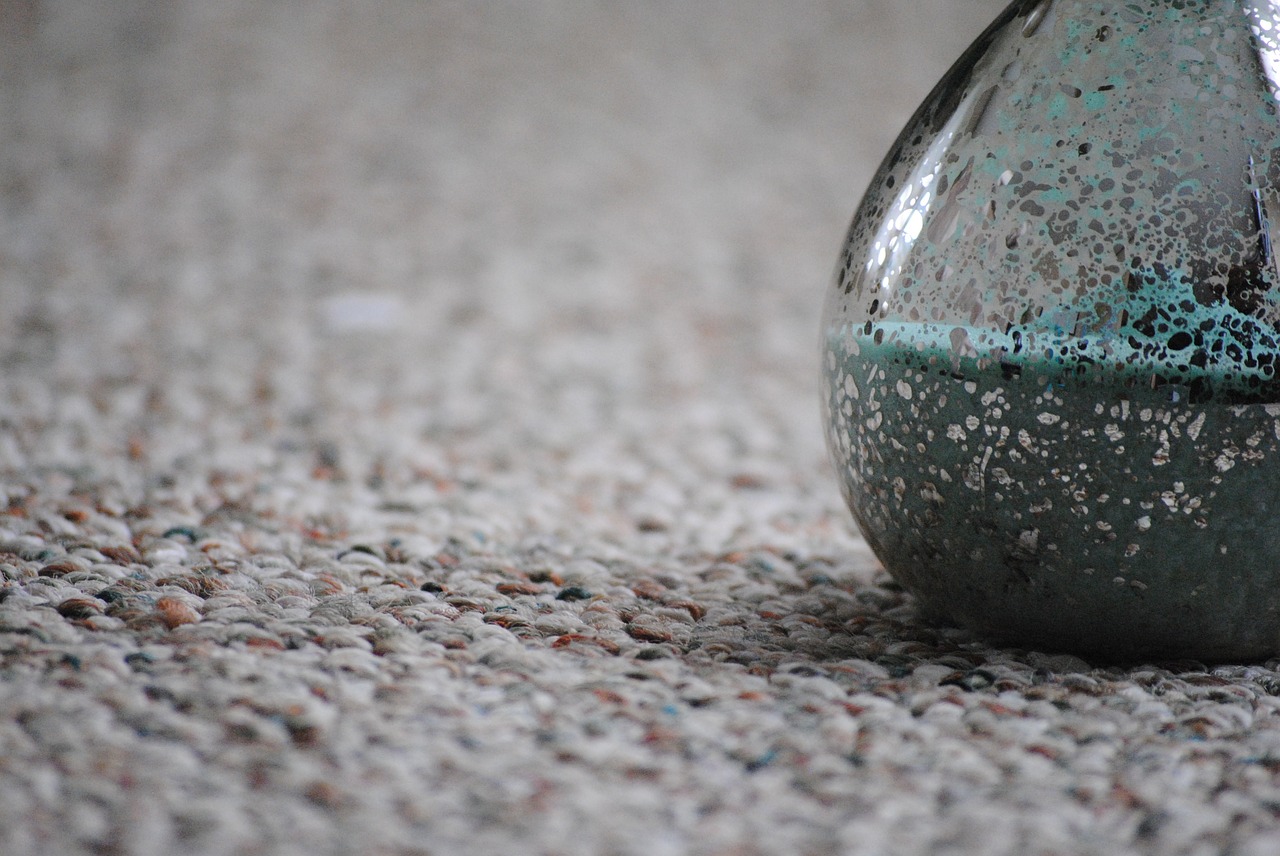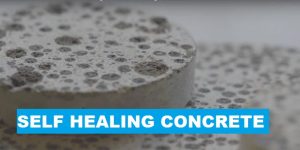Polymeric sand is a type of additives blended fine sand, which made up of fine sand with polymer additives. They are primarily used for joint filling sand in concrete paver blocks and recommended not to be used as sand bedding. Upon installation, the polymer additives in the sand formed a binding agent or glue when coming in contact with water, forming a firm joint. Once the polymer fused, the joint between the pavers becomes impregnatable and locks the pavers in place.
Polymeric sand outperforms natural sand in some ways as it improves the pavement durability, does not wash out, prevents weeds growth, and resists infestation, all of which could impact the durability and overall aesthetics of the pavement.
The installation method of polymeric sand is similar to per natural fine sand installation method, where the sand is firstly brushed over the surface then tamped paver blocks to allow the sand to settle within the gaps and is repeated twice until the sand completely fills the joints. A blower is used to blow off excess polymeric sand dust which settled on the surface to prevent staining when water is sprayed over the joints.
The surface of the concrete paver blocks also has to be dried, else the polymeric sand will stain the surface if it is wet. Also avoid spraying excess water as will cause sand runoff Dry weather is preferred when polymeric sand is used, and never use or proceed with installation when rain is expected, as polymeric sand will harden when exposed to moisture. Upon successfully laid pavement, it is advisable to allow the polymeric sand to cure for 48 to 72 hours before open to traffic, in fact, to fully cured it takes weeks.
What is the difference between polymeric sand and natural fine sand?
Polymeric sand is a mixture of fine sand with polymer additives and hardens when comes in contact with water, while natural fine sand is from dredged fine sand or sieved/washed sand from rivers or mining quarry. Polymeric sand if correctly installed will inhibits the growth of weeds and ants infestation, forming a bond that prevents water from infiltrating and does not wash out easily compared to natural fine sand. In terms of pricing, polymeric sand is more expensive than natural fine sand as polymeric sand is purchased in bags while natural fine sand is purchased by a whole lot.
Is polymeric sand permeable like natural fine sand?
No, polymeric sand will harden when comes in contact with water and forming an impregnable layer to water. However, natural fine sand initially will allow water to infiltrate, as vehicles passed through, it compacts the fine sand further eventually forming an impregnable layer to water. However, in the early stage water may still penetrate into the bedding sand via the joint fill sand as it was not fully consolidated, which may eventually cause the sand bedding to be consistently wet and may move with the traffic. This, however, is different for polymeric sand, because the polymer additives in them when in contact with water will be fused together and making the joint fill impregnatable to water. Thus, ensuring the sand bedding to be dried and act as a buffer for the vehicular vibration.
Is polymeric sand permanent?
Yes, polymeric sand is permanent when comes in contact with water. This will seal and making the entire pavement last longer by adhering to each individual concrete paver block. Unlike fine sand which if disturbed, the entire pavement will slowly lose its integrity and eventually opens up. However, any excessive use of the paved surface could lead to the disintegration of the joints and loosening the polymeric sand joints.
Can you pressure wash polymeric sand?
Yes, you can pressure wash the polymeric sand after it is cured after a couple of months. This is because polymeric sand needed to cure over time as the additives within them begin to harden. If pressure washes immediately after installation, it will wash out all the polymeric sand and the joints would be exposed. Therefore, precautionary steps are required to prevent unwanted sand from missing from the joints due to pressure washing.
How much polymeric sand needed to use?
The amount of polymeric sand needed for the pavement is subject to the pavement area, the paver block size and thickness, and the jointing gaps between paver blocks. Whenever placing the polymeric sand, the pavement has to be dry and free from surface water, as polymeric sand will harden whenever in contact with water. Therefore, placing of this polymeric sand during dry and hot weather is preferred. In order to ensure the polymeric sand fully filled the jointing gaps, it has to be filled and compacted several times. Once the sand could no longer enter the gaps, sweep and blow off the excess sand and complete it by spraying water over the joints.
How long does it last?
Polymeric sand will last as long as the entire pavement still intact and functioning, and the installation is properly installed. This is because the polymeric sand had bonded with the paver blocks becoming a whole pavement; unless the pavement is dug out or damaged due to base settlement which could lead to pavement failure.
Can you put coating over polymeric sand?
Yes, you can put a layer or two of coating over the polymeric sand joints once the sand had cured and set in preferably several days after the sand is installed. However, acid-based coatings are not recommended as they will weaken the joints. However, coatings will wear off once the pavement opened to traffic and subject to the volume of traffic and the types of traffic. Coating for pedestrian traffic will last longer compared to vehicular traffic.
Can it be reused?
No. Once polymeric sand comes in contact with water, it will harden and will not be reused to fill the joints again. It will be disposed of as construction waste. Therefore, any construction works that required constant digging and installation of paver blocks back, polymeric sand is not recommended for the site. Polymeric sand is more suitable for fixed pavement than temporary pavement.
Summary
This article may have answered most of the concerns regarding the use of polymeric sand for paver joint in-fill. However, the list of question answered here is not exhaustive; please share with us if have more information on the use of polymeric sand as paver joint in-fill material.










